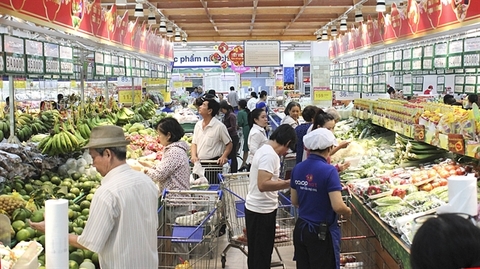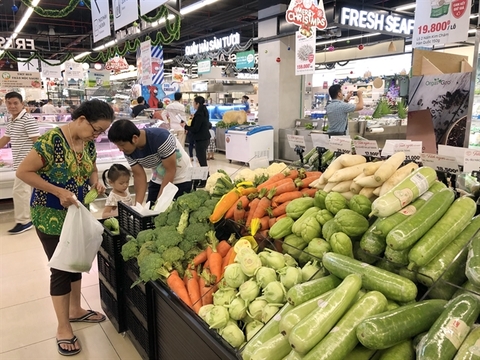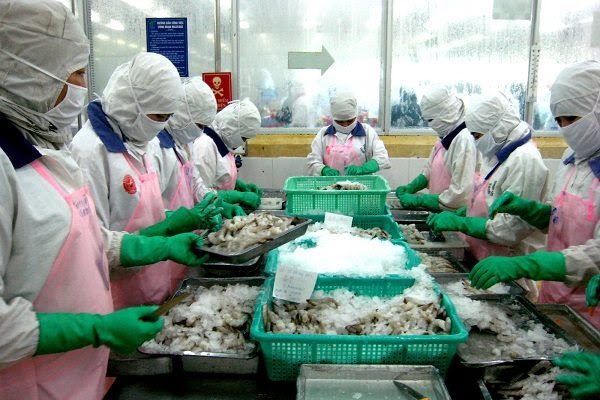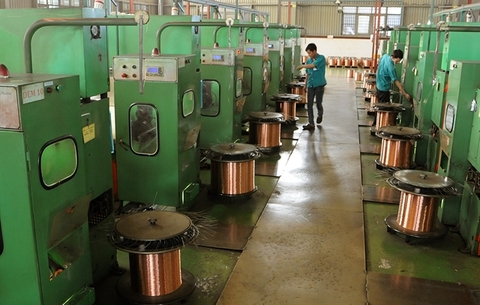Viet Nam spent $11.4 billion on material imports in first half of year
Viet Nam spent $11.4 billion on material imports in first half of year
Viet Nam spent US$11.4 billion to import materials for garment and textile production in the first half of the year, up 5.6 per cent from the same period last year, according to Vietnam Textile and Apparel Association (VITAS).
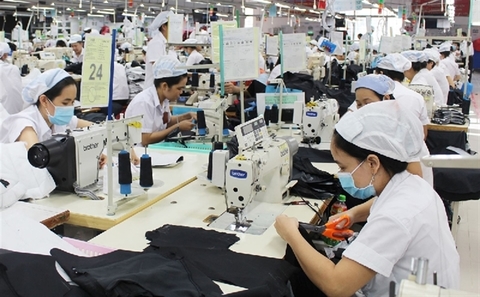
Cotton imports reached $1.52 billion, fibre $1.23 billion, fabric $6.75 billion and auxiliary materials $1.89 billion.
VITAS said in the six months, the world economy slowed due to political fluctuations and conflicts, especially protection policies and escalating trade war.
This has significantly affected exports of textile and garment products, especially the yarn industry as inventories in some businesses have increased sharply, according to VITAS.
The country’s garment and textile sector earned $18 billion from exports, an 8.61 per cent year-on-year increase.
The figure included $14.02 billion of clothing and $1.02 billion of fabrics, up 8.71 per cent and 29.9 per cent respectively.
Local garment and textile producers have faced challenges in production and trading.
The association’s vice president Truong Van Cam said the number of orders in the first half of 2019 was equivalent to 70 per cent of the figure in the same period last year. In particular, consumption of yarn and raw materials faced many difficulties because the main export market China cut import volume. Meanwhile, garment products also experienced a drop in orders.
In 2018, by the middle of the year, many large enterprises in the industry had orders until the end of the year, but they now have orders with small quantities and signed by month. Many big buyers across the world are concerned that the US-China trade war will escalate, so orders are divided into small ones instead of large quantities.
The US remained the biggest buyer, accounting for 47 per cent of total orders. It was followed by member states of the Comprehensive and Progressive Agreement for Trans-Pacific Partnership (CPTPP) with 17 per cent, the EU at 13 per cent and South Korea with 9 per cent.
Pham Xuan Hong, chairman of HCM City Textile and Garment – Embroidery Association said export growth of 8.61 per cent in the first half of the year was low compared with that of 2018, due to a lack of labourers and increasing production costs.
According to the Ministry of Planning and Investment, the EVFTA would help the export turnover of Viet Nam to the EU increase by 20 per cent by 2020; 42.7 per cent by 2025 and 44.37 per cent by 2030. However, the agreement was signed in June and it's unclear when it will take effect.
Experts said to maximise benefits of the EVFTA, the country should pay attention to developing the weaving and support industry for the garment and textile sector to reduce dependency on imported materials.



